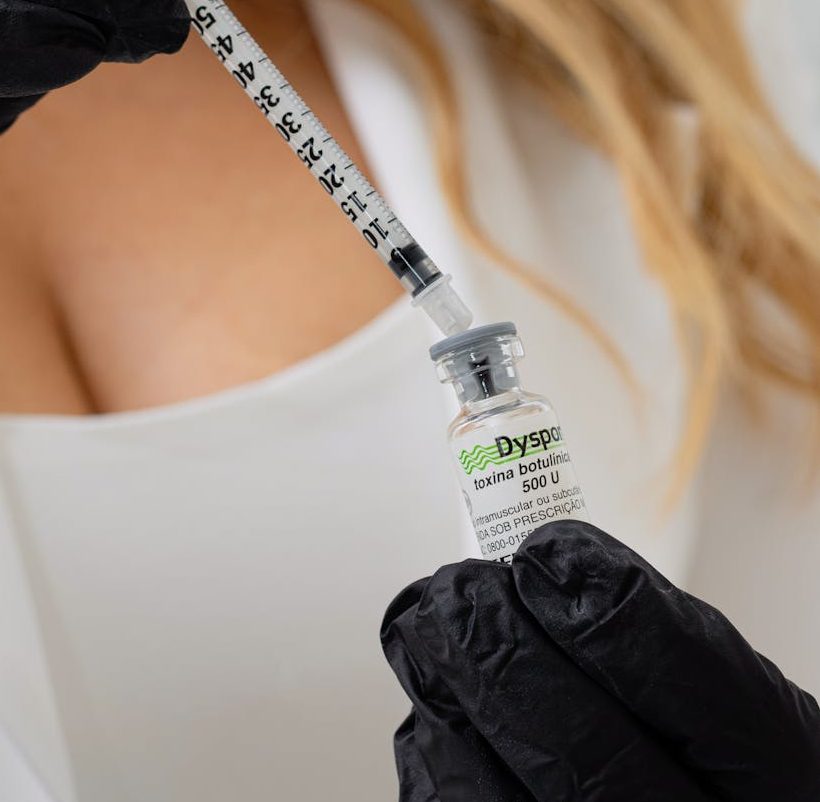
I thought it only worked on wrinkles
She asked for smoother skin.
They asked what she meant by “smoother.”
Lines on her forehead.
Lines between her brows.
The ones that didn’t go away anymore.
That’s where they started.
It doesn’t fill—it freezes
Botox doesn’t add volume.
It’s not filler.
It stops the muscle from moving.
That’s why the line softens.
Because the skin above stays still.
No movement.
No folding.
Less wrinkle.
It works by interrupting the signal
Muscles need signals to move.
Nerves send them.
Botox blocks that message.
The muscle doesn’t contract.
It doesn’t know it should.
So it stays still.
Not dead.
Just paused.
Results aren’t instant, and they’re not permanent
You won’t see change that day.
It takes two to four days.
Sometimes up to a week.
Then the lines start fading.
You’ll wake up and notice.
Not all at once.
But different.
It lasts three to four months.
Then it fades.
Then movement returns.
The first time feels like testing a new silence
She looked in the mirror.
She smiled.
Her forehead didn’t.
It felt strange at first.
Not frozen.
Just unfamiliar.
Then it became normal.
Then she missed it when it wore off.
You don’t lose expression—you lose habits
He worried about looking blank.
He didn’t want to stop smiling.
He didn’t.
But the frown line?
Gone.
The unconscious scrunch between sentences?
Gone too.
That’s what he paid for.
It’s not just cosmetic—it can be functional
Botox is used for more than looks.
Jaw tension.
Excess sweating.
Migraines.
Even teeth grinding.
The same freeze effect helps.
Stops movement.
Stops pain.
Stops symptoms.
Same product.
Different goal.
The amount matters more than people think
Too much, and it freezes everything.
Too little, and nothing changes.
They map the muscles.
Use units, not guesses.
Precision matters.
Every face needs something else.
No one-size-fits-all.
No standard dose.
It doesn’t erase the past—it pauses the present
Lines that are deep won’t vanish.
Not completely.
Botox can’t reverse them.
But it can stop new ones.
And soften the old.
Enough to notice.
Enough to feel different.
But not erased.
The forehead isn’t the only place it works
Most people start there.
But crow’s feet are common too.
Around the eyes.
Above the lips.
Even neck bands.
The muscle tension lives everywhere.
Botox follows it.
Movement changes how skin folds
She didn’t know her chin dimpled when she talked.
Didn’t see it.
Until the photos.
They treated the chin.
It stopped moving.
Now her words looked softer.
Not just sounded softer.
No one noticed she had it—just that she looked rested
Her coworkers asked if she slept better.
If she took a trip.
She smiled.
Said nothing.
That’s what she wanted.
No big reveal.
Just less effort.
Some people use it preventatively
They don’t wait for lines.
They start early.
Late twenties.
Early thirties.
They use small doses.
Micro-units.
The goal isn’t to freeze.
It’s to train.
To keep the skin calm.
You don’t have to treat the whole face
He only did his brow.
She only did her jaw.
They wanted one thing to stop.
Not everything.
That’s allowed.
No rule says full-face or nothing.
It’s reversible—but not immediately
If you don’t like it, you wait.
It fades slowly.
No antidote.
No reversal.
But it won’t last.
You’ll move again.
Everything returns.
It doesn’t hurt—but it’s not nothing
Tiny needles.
Quick pokes.
Less than a minute.
But it’s still a needle.
Some redness.
Sometimes swelling.
It fades fast.
Faster than you expect.
The best results come when no one can tell
Too smooth looks odd.
No movement looks fake.
The best Botox looks like rest.
Like calm.
Like your face finally stopped arguing with itself.
That’s the goal.
People use it for confidence—but that means something different to everyone
She wanted to look less tired.
He wanted to stop squinting.
They both said they felt more themselves.
That’s what confidence looked like for them.
Not youth.
Not perfection.
Just comfort.
